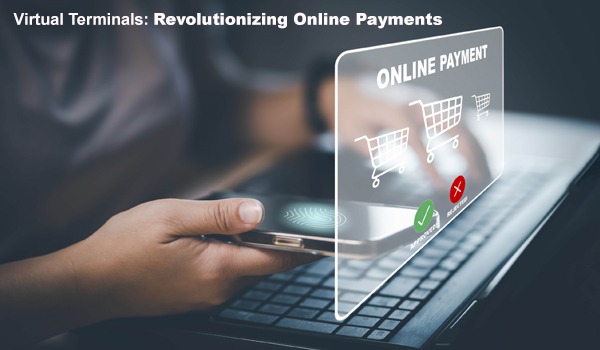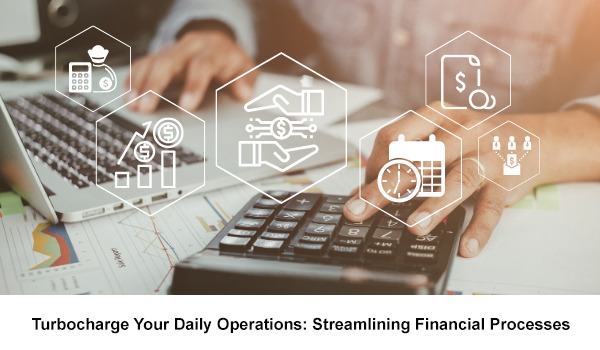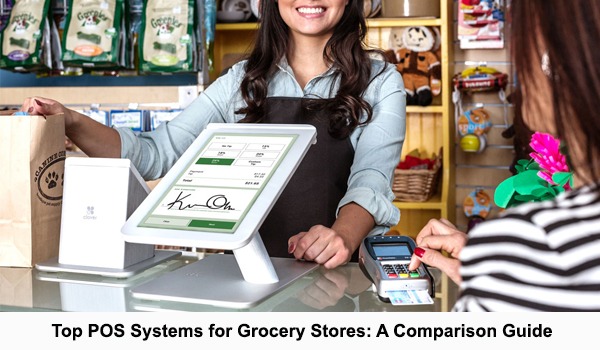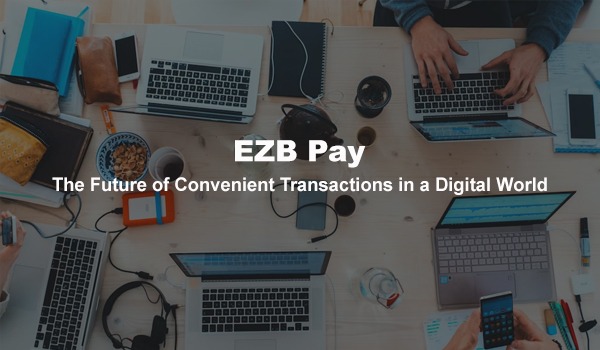
Introduction
Navigating the Digital Shift: How Virtual Terminals Are Changing the Game in Online Payments
Introduction: Setting the Digital Stage
The world is evolving digitally at breakneck speed, and the way we manage transactions is no exception. Gone are the days when cash and checks were king. Today, we're witnessing a fascinating shift in online payments, a realm where virtual terminals are rapidly becoming the backbone of e-commerce.
The Evolution of Online Payments
Looking back, it’s astonishing how far we’ve come. From barter systems to banknotes, from magnetic stripe cards to digital wallets, every step forward has aimed to make transactions more secure, swift, and convenient. And now, in the digital era, virtual terminals stand as the latest milestone, embodying all these advancements.
Understanding Virtual Terminals
In essence, a virtual terminal is an online version of a physical credit card terminal or Point-of-Sale (POS) system. It’s a web-based application that allows merchants to enter credit card details remotely to process transactions. It’s like having a cashier’s desk right in your pocket, accessible anytime, anywhere.
The Impact on Businesses and Consumers
The ripple effect of virtual terminals touches both businesses and consumers. For merchants, it opens up new realms of possibilities for global sales. For consumers, it brings unparalleled convenience and speed. It's a win-win, fostering a marketplace that is more connected, more seamless.
The Mechanics of Virtual Terminals
How Virtual Terminals Work
In simple terms, when a customer decides to pay, the merchant inputs the credit card details into the virtual terminal interface. This information is then securely transmitted over the internet to the payment processor for authorization and processing. The beauty lies in its simplicity and flexibility, offering a seamless experience for both sellers and buyers.
Key Components and Technologies
Under the hood, virtual terminals rely on sophisticated technology stacks, including:
- Secure Internet connections to safeguard data transmission.
- Encryption and tokenization for data security.
- Payment gateway integration for processing transactions.
- User-friendly interfaces ensuring ease of use for merchants.
Integration with Business Operations
Integrating virtual terminals with existing business operations is smoother than you might think. Businesses can easily link their virtual terminal systems with their accounting software, e-commerce platforms, and CRM tools, creating a streamlined workflow that captures every transaction detail, ensuring nothing falls through the cracks.
Benefits of Embracing Virtual Terminals
Enhanced Payment Security
Virtual terminals are fortresses of security in the digital payment landscape. With advanced encryption, secure socket layer (SSL) certificates, and compliance with Payment Card Industry (PCI) standards, they ensure that customer data is securely locked away from unauthorized access.
Streamlining Transactions
Say goodbye to long checkout lines and cumbersome processes. Virtual terminals make transactions as easy as a few clicks, dramatically reducing the time between a customer’s purchase decision and the successful payment, enhancing the overall buying experience.
Accessibility and Convenience
The charm of virtual terminals lies in their accessibility. They allow businesses to accept payments anytime, anywhere, from any device with internet access. This level of convenience empowers businesses, especially small ones, to expand their horizons far beyond local borders.
Challenges and Considerations
Navigating Security Concerns
While virtual terminals are generally secure, no system is entirely immune to risks. The keys to mitigating these concerns are ongoing vigilance, regular updates to security protocols, and educating customers and staff about best practices in data protection.
Cost Implications for Businesses
Embracing virtual terminals does come with initial setup and ongoing maintenance costs. However, when weighed against the potential for increased sales, improved customer experience, and streamlined operations, the investment often proves to be more than worthwhile.
Regulatory and Compliance Issues
Navigating the complex web of regulations governing digital payments and ensuring compliance can be a daunting task. It’s crucial for businesses to stay informed about the latest regulatory changes and adapt their practices accordingly to avoid penalties and ensure smooth operations.
The Future of Virtual Terminals
Emerging Trends and Technologies
The future of virtual terminals is as exciting as it is uncertain, with potential advances like blockchain integration, AI-driven fraud detection, and more immersive payment experiences through augmented reality.
Expanding Applications and Markets
As technology evolves, we can anticipate virtual terminals penetrating markets beyond retail, including services, healthcare, and even governmental transactions, offering newfound efficiency and convenience.
Adapting to Consumer Expectations
The marching orders for virtual terminals are clear – keep innovating to meet the growing consumer appetite for faster, safer, and more convenient payment methods. This customer-centric approach will drive the evolution of virtual terminals, ensuring they remain at the forefront of the digital payment revolution.
Conclusion
Summarizing the Virtual Terminal Revolution
Virtual terminals are not just a new tool in our digital arsenal; they are game changers in the world of transactions. By fostering security, efficiency, and global accessibility, they represent a significant leap forward in how we think about and manage payments.
The Ongoing Evolution
The journey of virtual terminals is far from over. As we look ahead, it's clear that their evolution will continue to shape the payment landscape, driven by technological advancements and changing consumer expectations.
Encouraging Adoption
In today's digital era, businesses striving for success must not only consider but embrace virtual terminals as an essential requirement, not merely an option. By adopting this technology, businesses can ensure they stay competitive, relevant, and ready to meet their customers wherever they are.
Virtual terminals are here, and they're revolutionizing online payments in ways we've only just begun to explore. So, here's to the ongoing digital payment revolution – may we all stay curious, adaptable, and ready to embrace what's next.









